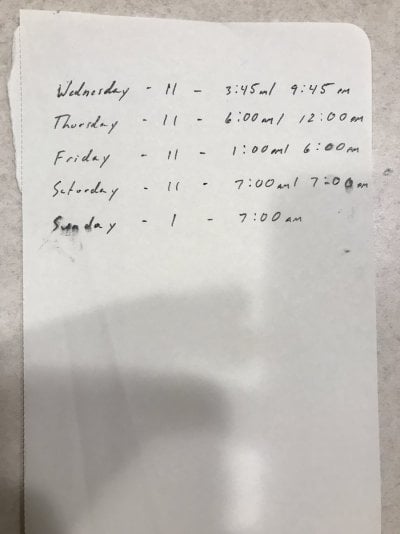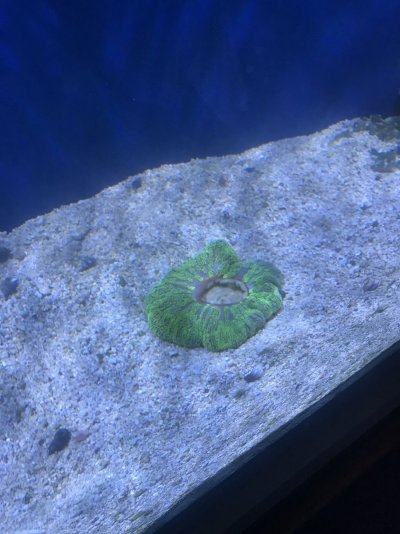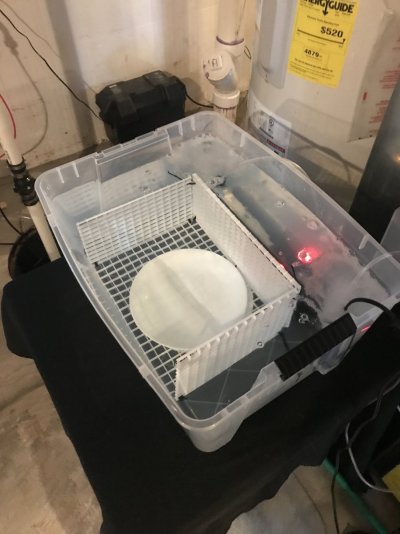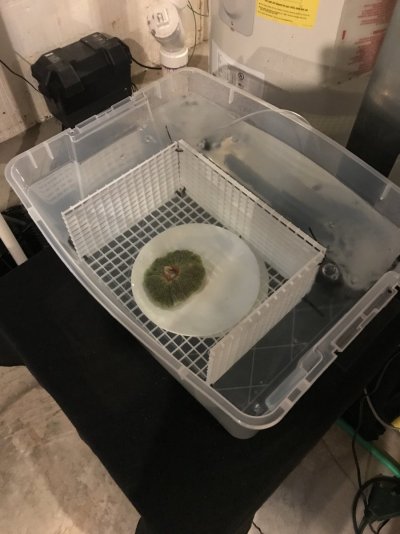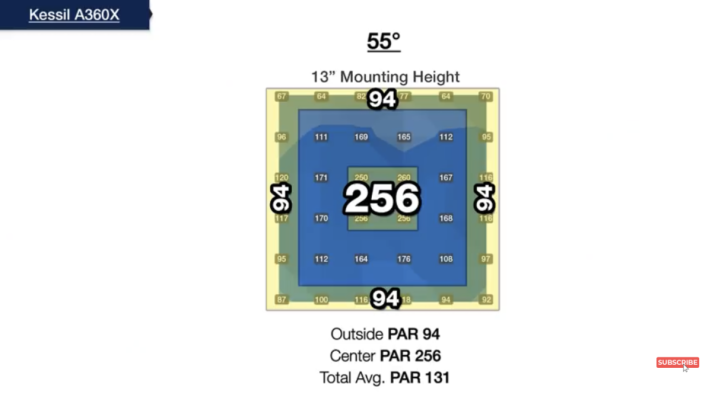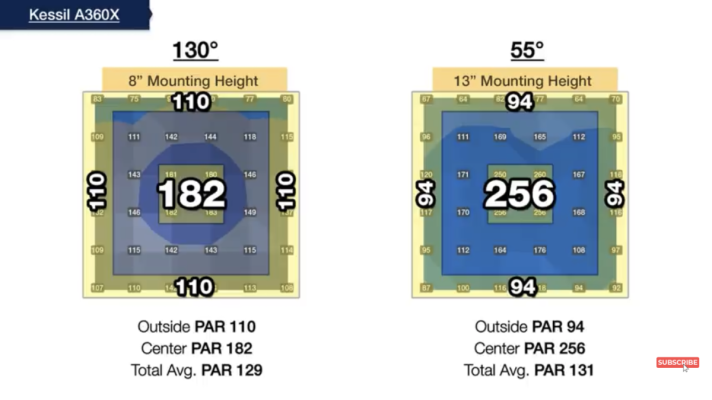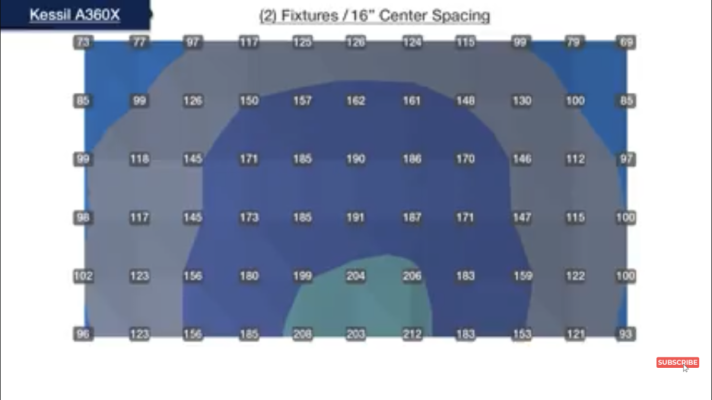- Joined
- Mar 5, 2018
- Messages
- 1,108
- Reaction score
- 873
I wasted my time , more than once and treated the DT with rock and sand = 100 % success ! only did 25-30 pct water change as well...You're wasting your time. Treatment is done in sterile tank with no rock or sand. 100 % water change every day.





